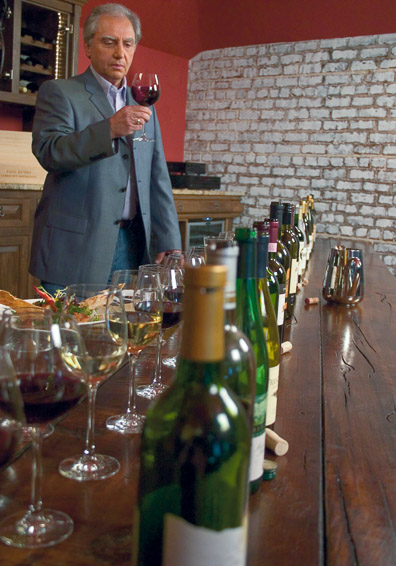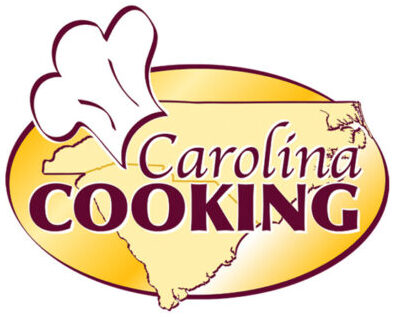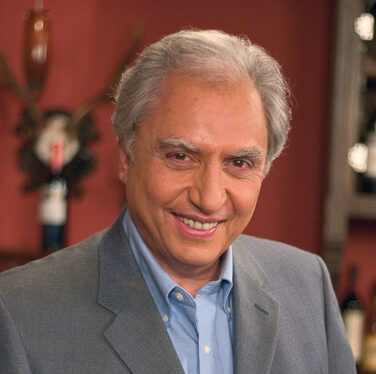
Being the wine expert on Carolina Cooking has become one of the most interesting chapters of my life. Having spent most of my life as an analytical chemist dealing with computers and chemicals, I never dreamt at some point I would be found in front of a TV camera talking about wine.
What exactly is my job? I create a harmony between foods the chefs create and wines created from a wide variety of grapes in an equally wide variety of styles and price levels. Sound like an impossible job? Well, it takes a little experience getting to know the wines, just like a chef needs to learn about the spices and other ingredients used in cooking, but anyone who has done any creative cooking can learn how to match food and wine.
Being of Greek heritage and raised in a mostly Italian neighborhood, wine was a natural part of everyday life. These were not gourmet wines consumed from crystal stemware but jugs taken from the fridge and poured unceremoniously into tumblers. My involvement in wine as a serious hobby began in 1975 when I rewarded myself for quitting smoking with a case of expensive wine from a specialty store. The consultant at the store invited me to join his wine group that met at a local restaurant once a month to taste fine wine with equally fine food. Well, it’s 30 years later and I’m still hooked.
What I’m hooked on is not just great wine but how it relates to food, which is a topic that surprisingly few cooking shows give more than a passing reference to. Wine is, after all, a food. Wine is made from an agricultural product, grapes, and nature intended the juice from those grapes to be wine because the yeast that converts the sugar into alcohol grows on the skins. The combination of a wine’s alcohol and acidity give it a biological stability that inhibits the growth of most bacteria that are harmful to humans and keeps the wine stable for many years. After all, how many of you would drink a bottle of water that lay in someone’s damp basement for 20 years. A bottle of Cabernet from that basement will have you salivating.
Matching food and wine is easy if you think of the wine as a sauce that is being served with the dish. If you have ever created a sauce or thought about what combination of spices and side dishes would create a complete meal then you already have the ability to match food and wine. Wine, like any sauce, has flavor, body and texture. Although matching flavors is subjective, you do not want the wine’s weight, flavor concentration or structure to overwhelm or clash with the dish, nor should you allow the dish to clash with or smother the wine. Once you learn about the various wines and what they offer, the wine rack takes its place beside the spice rack as another tool in your kitchen.
Since all you need now is experience, how do you get it? Start at a specialty store where education and advice are their prime directives. Go to wine tastings, especially the free ones available at many specialty stores. Here is a method I know will work. Let’s say you drink four bottles of wine per week with dinner. Open all four at once. With each meal try a little of all four, irregardless of how strange the match might sound. You will likely discover a few bad matches and some matches made in heaven, but the wide majority will range from adequate to sensational. In no time at all, you’ll be the wine-food guru people come to for advice.
When it comes to wine and food the learning process never stops. Carolina Cooking has given me the opportunity to try so many new and interesting wine-food combinations. We hope this book will get you started on your own journey into wine with food. The journey is a long one but a blast every step of the way.
Aris Ragouzeos

